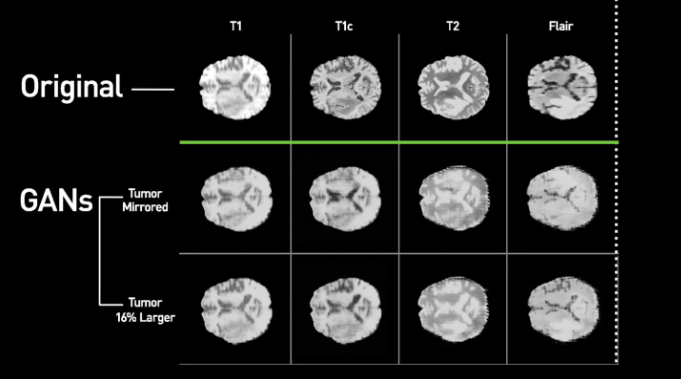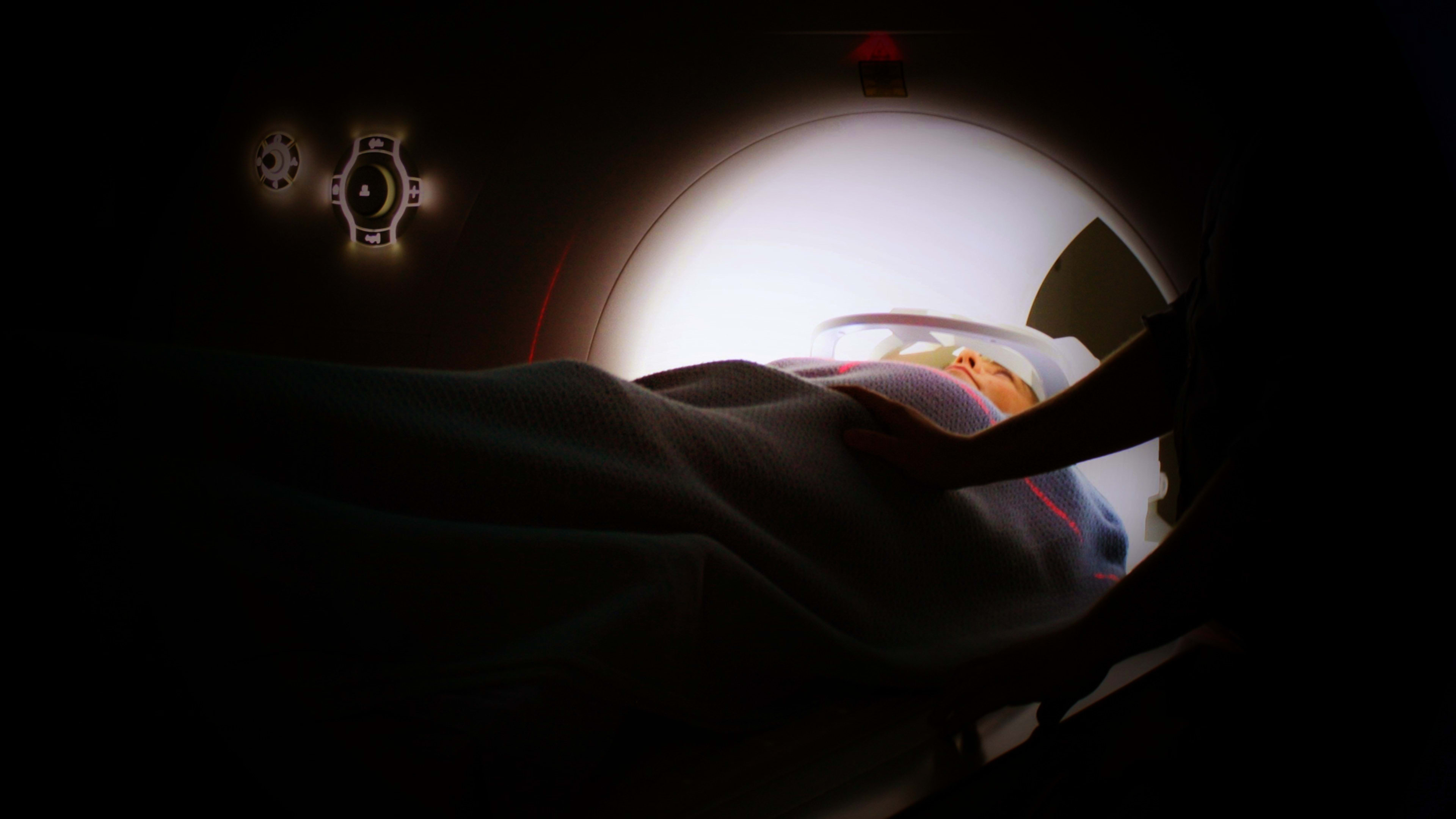Current AI systems need a lot of data to learn on. That’s fine when you want an algorithm to recognize cats in videos—thank you, YouTube—but not all data is as easy to get. For researchers trying to train AI to spot medical conditions, privacy issues, financial concerns, and rare diseases with few examples all impede their efforts. But more AI could be the solution, with generative adversarial networks (GANs) creating realistic-enough medical images for AI to learn on.
In a new paper by chipmaker NVIDIA, MGH & BWH Center for Clinical Data Science and the Mayo Clinic, researchers showed how they used GANs–algorithms that iterate and improve by competing against each other–to create synthetic brain MRI images with tumors. The work was presented at the Medical Image Computing and Computer Assisted Intervention MICCAI conference in Spain last week.

“That’s very encouraging results,” said Hoo-Chang Shin, an NVIDIA researcher and coauthor of the paper.
There are limitations. GANs can’t create types of images with details it has never seen before, and could make the often unnoticed imbalances in data sets worse. And since the biology of tumors isn’t totally understood, creating images from scratch isn’t an option. Still, GANs can produce pictures with tumors that are larger or smaller, or move them to the other side of the brain, and in realistic ways.
GANs are better known as the tech that makes realistic fake media like deepfakes possible. But the medical field is getting in on the action. Another paper released this month shows how GANs can make realistic images of skin lesions that dermatologists have a hard time telling apart from real photos. Other recent research looks at GANs to create examples of liver lesions.
Read more: An adult film company wants to put users into deepfake porn
Michael Abramoff, a University of Iowa professor in ophthalmology and the president of IDx, the company behind an FDA-approved AI system for diagnosing an eye disease caused by diabetes, said that GANs has a lot of potential in medical research. still, IDx did not use any synthetic images to train the tool, IDx-DR, before it went to market. The technology needs to be developed further and tested with research before it is introduced in a clinical setting.
“We aren’t ready to move out of the sandbox yet,” he said. Good fakes take time, especially when they’re fakes for good.
Recognize your brand’s excellence by applying to this year’s Brands That Matter Awards before the early-rate deadline, May 3.
